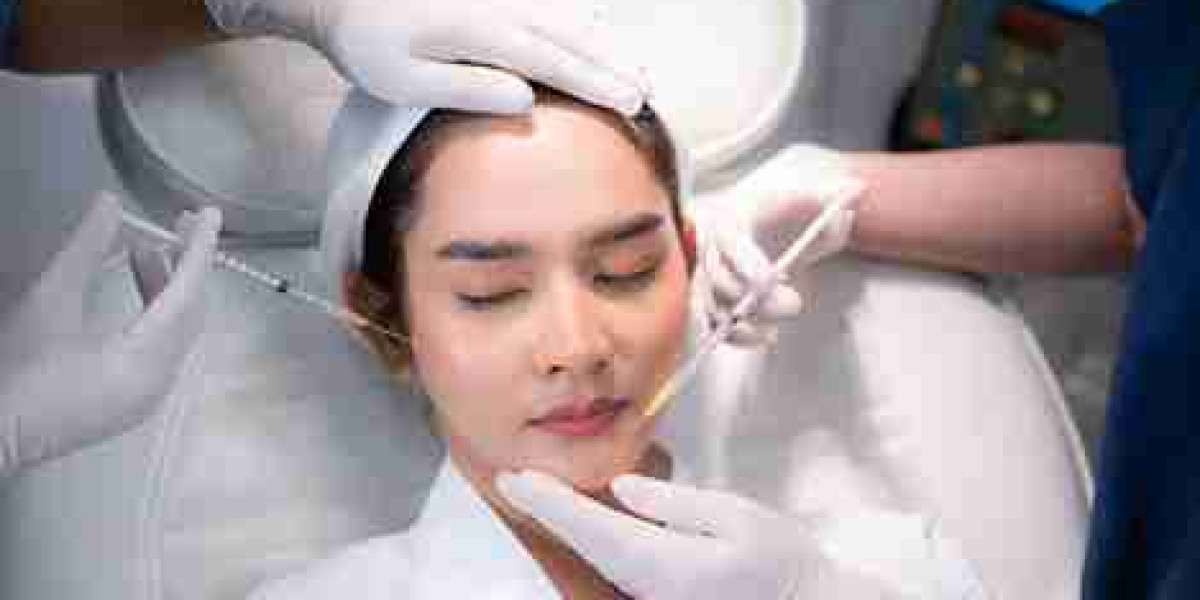Teeth grinding that wakes you, or your partner, up at night. If any of this sounds familiar, you might be among the many people dealing with TMJ disorders, bruxism, or chronic clenching. These conditions can cause discomfort, disrupt sleep, and impact your daily quality of life. Thankfully, modern treatments are offering new hope.Botox, best known for its wrinkle-smoothing abilities, is proving to be an effective option for those seeking relief from jaw tension and clenching. In this blog, we’ll walk you through everything you need to know about using Botox for TMJ pain, how it works, and what to expect if you decide it’s the right solution for you.
Understanding TMJ, Clenching, and Bruxism
The temporomandibular joint (TMJ) functions as a hinge between your jawbone and skull, essential for everyday movements such as speaking, eating, and yawning. Problems in this joint or the surrounding muscles can lead to pain and discomfort, often classified under TMJ disorders.
Common symptoms include:
- Jaw stiffness or pain
- Headaches and migraines
- Clicking or popping sounds when opening the mouth
- Facial tenderness
- Tooth sensitivity or wear
Many people also suffer from bruxism, a condition characterised by grinding or clenching the teeth, especially during sleep. Over time, this can lead to:
- Flattened teeth
- Gum sensitivity
- Muscle fatigue in the jaw
- Chronic pain in the neck and shoulders
Traditional Treatments and Their Shortcomings
Conventional approaches to managing TMJ-related pain include:
- Night guards or splints
- Anti-inflammatory medications
- Muscle relaxants
- Physiotherapy
- Stress-reduction strategies (e.g., yoga or mindfulness)
While these treatments work for some, others find only limited relief. Moreover, they may not address the underlying cause, chronic muscle overuse and tension.
Botox: A New Frontier in TMJ Pain Relief
Botox, derived from botulinum toxin, has long been used in cosmetic procedures. However, it also has powerful therapeutic benefits when used correctly. When injected into specific jaw muscles, Botox blocks nerve signals, leading to temporary muscle relaxation.
Key Benefits of Botox for TMJ and Bruxism:
- Relieves muscle tightness that causes jaw discomfort and clenching
- Minimises teeth grinding, helping to preserve tooth structure
- Relieves tension headaches caused by jaw strain
- Enhances jaw movement, allowing for easier speaking and chewing.
While Botox is not a permanent cure, it provides considerable relief from symptoms. The effects typically begin within 3–7 days and reach full strength in about two weeks.In practices such as a private dentist in Edinburgh Botox is often recommended when conventional treatments fail or if a more targeted, muscle-specific approach is desired. These dental professionals have a detailed understanding of facial anatomy, making them especially adept at administering such procedures.
What to Expect from Botox Treatment
Understanding the treatment process can ease any anxiety you may have about trying something new.
Step-by-Step Overview:
1. Initial Consultation
Your practitioner will assess your medical history, evaluate your jaw movement, and identify your pain points.
2. Preparation
The treatment area will be cleansed, and a numbing cream may be applied to minimise discomfort.
3. Injection Process
Small amounts of Botox are injected into muscles such as the masseter and temporalis using fine needles.
4. Post-Treatment Advice
Mild swelling or bruising may occur. You'll be advised to avoid lying down or vigorous activity for a few hours.
The procedure usually takes 15 to 30 minutes, and there’s no downtime, meaning you can return to work or daily life straight away.
Treatment Longevity and Maintenance
Botox is not permanent. Its effects wear off gradually, typically after 3 to 6 months, depending on individual metabolism and muscle activity.
Tips for maintaining results:
- Stick to regular follow-up appointments
- Manage stress to reduce unconscious clenching
- Combine with physiotherapy or massage for added relief
Many patients incorporate Botox into their long-term management plan and find that over time, their need for frequent injections may decrease as the muscles weaken slightly.
Is Botox Right for You?
Botox is an excellent choice for individuals seeking a non-invasive, fast, and precise solution for TMJ-related problems. You may be a good candidate if:
- You’ve tried other treatments without success
- Your pain significantly affects your quality of life
- You’re experiencing daily jaw clenching or grinding
- You're seeking a minimally invasive option
However, it’s not suitable for everyone. Pregnant or breastfeeding individuals, and those with certain neurological disorders, should avoid it. A full consultation is essential to determine suitability.If you’re exploring treatment options, speaking with a private dentist in Edinburgh who offers TMJ Botox can be a safe and well-informed starting point. Their combined dental and facial expertise ensures that both aesthetic and medical concerns are addressed.
Video link- Refresh & Rejuvenate with Botox Treatments!
Keeping the Results: Aftercare Tips
Following Botox treatment, appropriate aftercare helps improve comfort and prolong the effects.
Post-treatment care tips:
- Refrain from touching or massaging the treated area for at least 24 hours.
- Stay hydrated to support overall muscle and skin health
- Attend follow-up appointments to monitor progress
By following your practitioner’s advice, you'll minimise side effects and enjoy smoother recovery.
Choosing the Right Practitioner
With Botox being both a cosmetic and therapeutic treatment, it's crucial to find a qualified, experienced provider.
What to look for:
- Medical qualifications: Dentist, doctor, or nurse trained in facial aesthetics
- Specialisation in TMJ or bruxism: Experience with jaw-related conditions
- Clean clinical environment: Adherence to hygiene and safety protocols
- Clear consultation process: Willingness to answer questions and set realistic expectations
Providers offering Botox in Edinburgh are increasingly found in aesthetic dental clinics. Their familiarity with facial structure and function ensures a safe, targeted approach to pain relief.
Conclusion
TMJ disorders, bruxism, and chronic jaw clenching can seriously disrupt comfort, sleep, and quality of life. Botox provides a medically validated, non-invasive treatment that focuses on relaxing the overactive muscles responsible for pain and tension. Its benefits include reduced jaw discomfort, fewer headaches, protection against tooth wear, and improved sleep quality. While not suitable for everyone, Botox is a compelling option for those seeking effective, fast-acting relief with minimal downtime. For the best results, treatment should be administered by a qualified expert familiar with facial anatomy. At Edinburgh, we focus on safety and precision, helping you manage TMJ symptoms confidently and comfortably.






